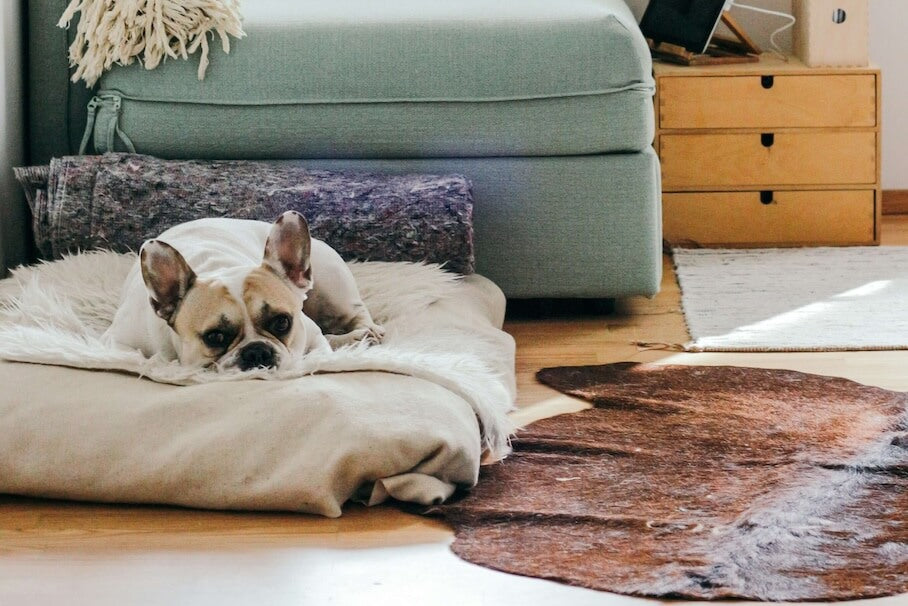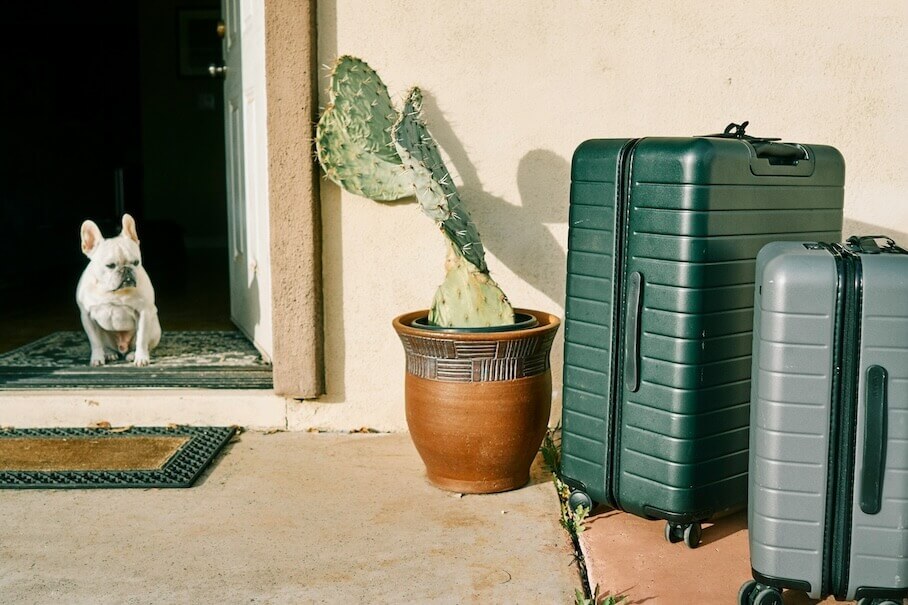How long a dog can be left alone depends on several factors, including your dog's age, breed, and individual needs. Here are some guidelines and tips to help you plan your dog's alone time:
age factor
Puppies and young dogs should not be left alone for long periods of time as they require more attention and care. As they get older and are trained, the time alone can be gradually increased.
-
Puppies : Puppies can usually only be left alone for short periods of time as they have more frequent needs such as feeding, elimination and supervision. A puppy should generally not be left alone for more than 2-3 hours.
-
Adult Dogs : Healthy, adult dogs can usually be left alone for long periods of time, typically up to 6-8 hours depending on the dog and circumstances. However, it is recommended to limit alone time initially and then gradually increase it.
-
Older dogs : Older dogs may be able to stay alone for shorter periods, especially if they are less active and have fewer needs. However, they should not be left alone for excessive periods of time.
needs of the breed
Some dog breeds are more sociable and need more human company than others. For example, dogs bred for companionship, such as Maltese or Cavalier King Charles Spaniels, are less likely to enjoy being alone than more independent breeds, such as the Basenji.
preparation and training
Before leaving your dog alone, it is important to gradually get him used to it and prepare him for it. Start with short periods of absence and gradually increase them.
It is important to ensure that the dog has had adequate exercise, food and water before being left alone, and that all of his needs are met, including elimination and mental stimulation.
If you have to leave your dog alone for long periods of time, it is advisable to create a safe and comfortable area for him, with enough space to rest and play.
It's also important to note that dogs are social animals and enjoy human company. If possible, keep your dog's alone time to a minimum and provide him with regular outings, walks, and social interactions to improve his quality of life.
Places where you can take your dog
Many public places allow dogs, including parks, cafes with outdoor areas, designated dog beaches and certain walking trails. However, it is important to be aware of the rules and regulations of each place and to control your dog accordingly.
Alternatives to Alone Time
If you can't leave your dog alone for long periods of time, there are several alternatives, such as booking a dog sitter or using doggy daycare. These options provide your dog with company and supervision while you are away from home.
By considering your dog's individual needs and making appropriate preparations, you can ensure that he feels comfortable and safe even while you are away.





Leave a comment
All comments are moderated before being published.
This site is protected by hCaptcha and the hCaptcha Privacy Policy and Terms of Service apply.